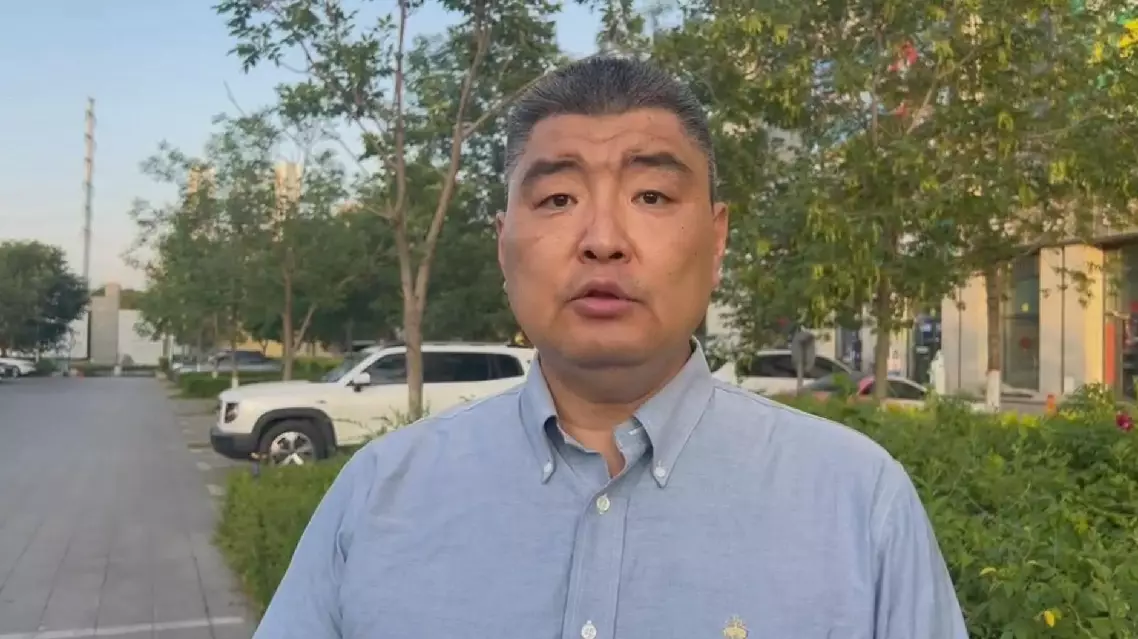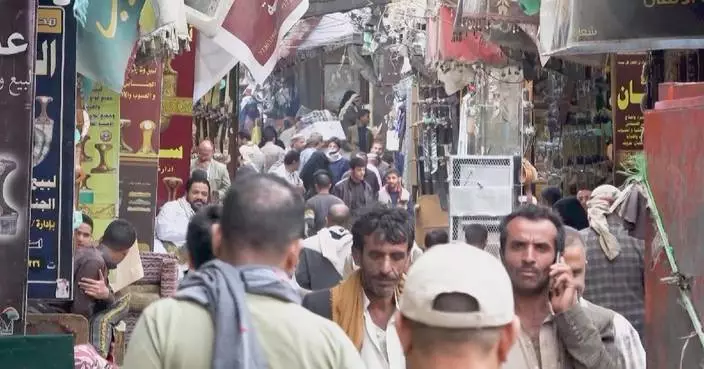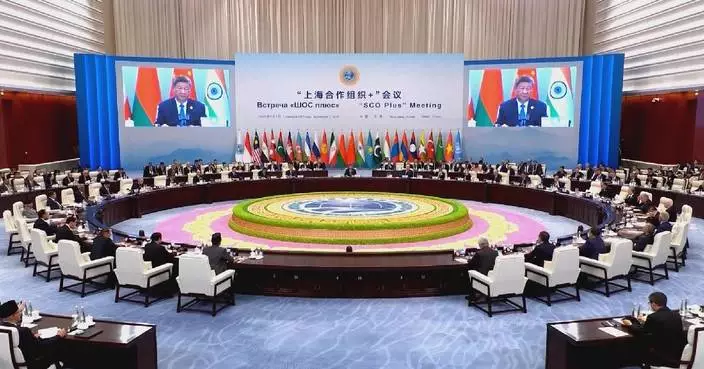A Chinese aviation expert believes the devastating plane crash in India's Gujarat state on Thursday could be down due to multiple factors, including potential engine failure or weather conditions, as investigators begin to assess the aircraft's black box to ascertain how the deadly incident occurred.
Air India on Friday confirmed the tragic crash had killed 241 people on board the plane, with the only surviving passenger being treated in a hospital, while there are also reports of multiple casualties on the ground.
The plane -- which was bound for London -- crashed shortly after takeoff from the Sardar Vallabhbhai Patel International Airport in Ahmedabad at around 13:38 local time.
Video footage showed the craft appearing to lose altitude and coming down almost immediately after taking off, with huge plumes of smoke seen rising after it struck a residential area.
Zhang Wei, a Council Member of the Chinese Society of Aeronautics and Astronautics, gave his initial assessment after viewing the amateur footage.
"This aircraft appears to have stalled during takeoff. A stall means the aircraft lacks sufficient speed to generate the lift required for climbing. In other words, the air could no longer support the plane, and it fell. Normally, an aircraft takes off using maximum thrust, and it must reach a designated rotation speed to lift off safely. Clearly, this plane had just lifted its nose, perhaps at that point, the pilot realized it couldn't maintain the required climb speed," said Zhang.
The expert suggested that the accident might have resulted from other mechanical failures, perhaps in the aircraft's takeoff flaps or in the jet engines.
"Based on the footage, if the takeoff flaps were not properly deployed, and the pilot still attempted to take off at a speed preset for normal flap configuration, there would have been a high risk of aerodynamic stall [due to insufficient lift]. Additionally, it was very hot at the time -- 36 degrees Celsius -- meaning the tarmac was quite hot and the air was very thin, which offered limited lift. These all could result in insufficient lift. There is also a possibility that the engines failed to deliver sufficient thrust during takeoff. Based on the design of the Boeing 787, even if one engine completely fails, the other should provide enough thrust for the aircraft to continue climbing. So what caused both engines to fail to deliver adequate thrust? We'll need the black box analysis to find out," Zhang said.
The plane's black box was recovered on Friday morning, according to local media reports, while the Indian government's Aircraft Accident Investigation Bureau has initiated a formal investigation into the disaster.

Mechanical malfunctions could be behind deadly Indian plane crash: Chinese expert









